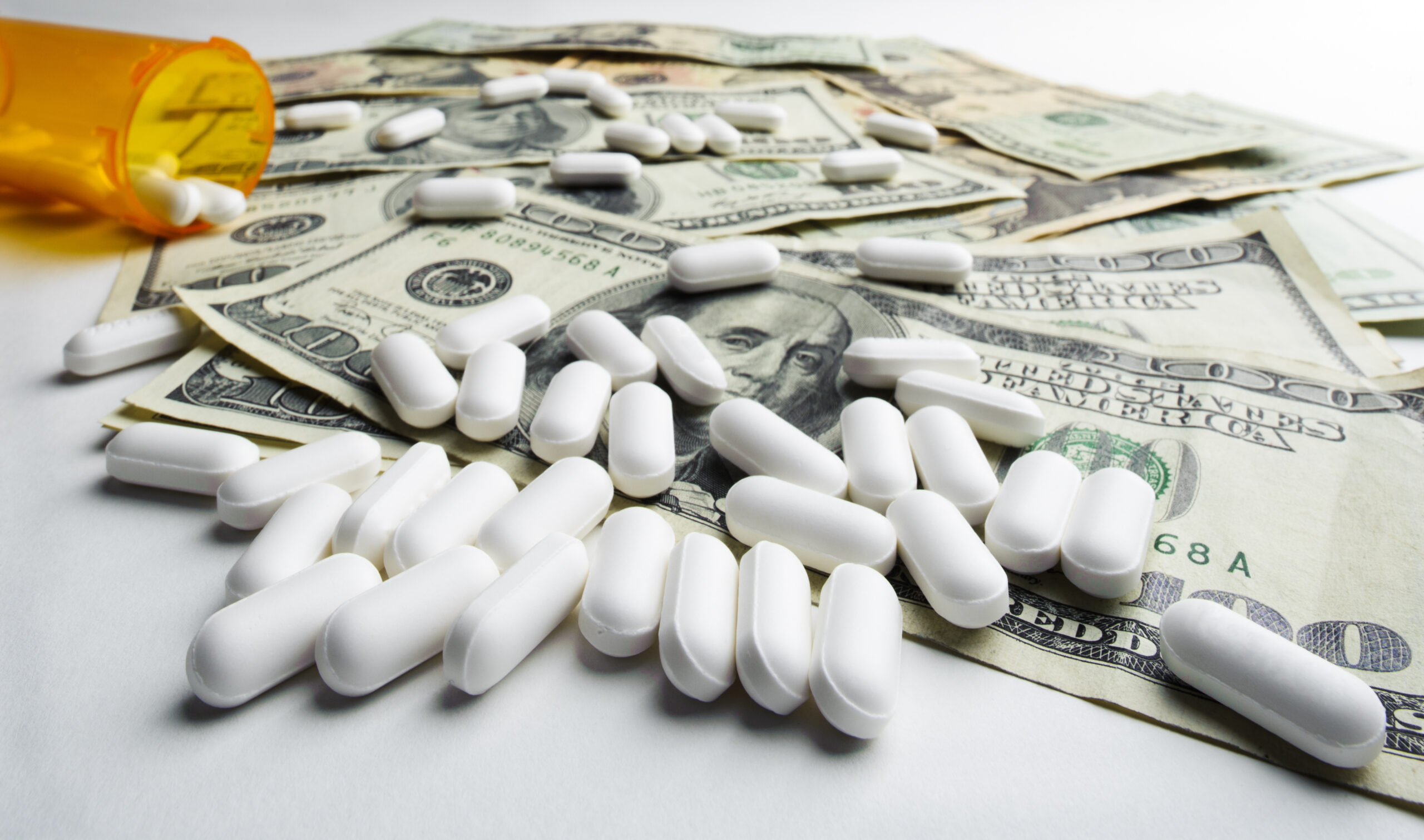© 2024 CSRXP- All Rights Reserved

“WHAT’S PAST IS PROLOGUE” Big Pharma’s Track Record Is A Vast Departure From Its Rhetoric: Part II
Jan 24, 2019
In advance of the hearing on January 29, 2019, the Campaign for Sustainable Rx Pricing (CSRxP) is rolling out a new blog series on what lawmakers can expect to hear from pharmaceutical companies.
Yesterday, we looked at AbbVie, Celgene and Mallinckrodt.
Today, we will look at the rhetoric and track records of Eli Lilly, Novo Nordisk and Sanofi – the three largest makers of insulin in the world, controlling 99 percent of the marketplace and facing no generic competitor to drive down prices.
As The Washington Post reported in “Life, Death And Insulin,” these three companies “appear to have increased [prices] in lockstep over a number of years, prompting allegations of price fixing.” Between 1996 and 2006, the price of insulin increased by 700 percent. In the face of rising prices, one-quarter of patients with Type 1 or Type 2 diabetes have turned to rationing their insulin, some with deadly consequences.
ELI LILLY:
Eli Lilly’s Rhetoric:
- “We Believe Finding A Balance Between Investing In Innovation And Providing Affordable Medicines Is Key To Bettering The Health Of The World.” (“Value-Based Pricing,” Eli Lilly, Accessed 1/19/18)
- “By Enacting Policy That Bases Health Care On Value To The Individual Patient, We Can Continue In The Goal Of Improving Their Lives – A Goal Shared By Manufacturers, Providers, Health Plans, And State And Federal Governments.” (“Value-Based Pricing,” Eli Lilly, Accessed 1/17/19)
Eli Lilly’s Record:
- The Price Of A 10-Milliliter Vial Of Eli Lilly’s Humalog Insulin Cost $21 In 1996 But The Same Vial Now Costs $275. “In 1996, when Eli Lilly debuted its Humalog brand of insulin, the list price of a 10-milliliter vial was $21. The price of the same vial is now $275. Those costs can be compounded by the multiple vials that diabetics may require to survive each month.” (Tiffany Stanley, “Life, Death And Insulin,” The Washington Post, 1/7/19)
NOVO NORDISK:
Novo Nordisk’s Rhetoric:
- “At Novo Nordisk … We Have A Longstanding Commitment To Supporting Patients’ Access To Our Medicines.” (Katie Thomas, “Drug Makers Accused Of Fixing Prices On Insulin,” The New York Times, 1/30/17)
- “We Recognize That There Are Those Who Are Having Difficulty Affording Their Medicine, Including Those Made By Us. We Also Appreciate The Different Perspectives Across Many Stakeholders.” (Ed Silverman, “Insulin Prices Could Be Much Lower And Drug Makers Would Still Make Healthy Profits,” STAT, 9/26/18)
- “Our Key Contribution Is To Discover And Develop Innovative Biological Medicines And Make Them Accessible To Patients Throughout The World.” (“The Novo Nordisk Way,” Novo Nordisk, Accessed 1/21/19)
Novo Nordisk’s Record:
- “Novo Nordisk’s Novolog Was Priced At $40 In 2001, And As Of July 2018, It’s $289.” (Tiffany Stanley, “Life, Death And Insulin,” The Washington Post, 1/7/19)
SANOFI:
Sanofi’s Rhetoric:
- “We Want Everyone … To Understand Why We Set Prices As We Do, And To Reaffirm To Them Our Commitment To The Principles Of Access, Affordability And Innovation.” (Olivier Brandicourt, “Sanofi Pricing Principles For The U.S.,” Sanofi, Accessed 1/17/19)
Sanofi’s Record:
- “Sanofi’s Popular Insulin Brand Lantus Was $35 A Vial When It Was Introduced In 2001; It’s Now $270.” (Tiffany Stanley, “Life, Death And Insulin,” The Washington Post, 1/7/19)
- “… The Price Of Lantus Jumped 18 Percent Each Year From 2012-2016.” (Tahir Amin, “Patent abuse is driving up drug prices. Just look at Lantus,” STAT, 12/7/18)
- According To The Initiative for Medicines, Access and Knowledge (I-MAK), “Lantus Is … Highly Overpatented” For The Purpose Of Being Able To “Preserve And Extend Its Ability To Keep Competition At Bay While Hiking Prices.” “Lantus is also highly overpatented. Though Sanofi’s primary patents on Lantus expired in 2015, the company has filed 70 secondary patent applications in the U.S. – 95 percent of its total – since the drug was first approved and put on the market in 2000. If granted, these additional patents would give Sanofi monopoly protection for up to 37 more years – almost double the duration provided under U.S. law. Why would a pharmaceutical company file so many patents after a drug is already on the market? Quite simply to preserve and extend its ability to keep competition at bay while hiking prices.” (Tahir Amin, “Patent Abuse Is Driving Up Drug Prices. Just Look At Lantus,” STAT, 12/7/18)
Stay tuned for another blog tomorrow comparing Big Pharma’s rhetoric with its track record.
CLICK HERE to read Big Pharma’s Track Record Is A Far Departure From Its Rhetoric: Part I.
